Anime’s Restorative Justice: Sasuke and Vegeta’s Redemption
Naruto features an intense rivalry where the perseverance of friendship defies all logic in ways that can be incredibly frustrating. The main character, Naruto, endeavors to bring his murderous friend Sasuke home to the leaf village, despite Sasuke’s constant attempts to kill everyone he builds a relationship with. Sasuke’s punishment for his behavior should include a one way trip to the otherworld, but characters like him in anime continually elude jail, death, and banishment due to values of redemption that are consistently present in anime.
These values present in anime align with a justice focused on healing, community, and redemption. This set of values has a name, and it is called restorative justice. A simple definition of restorative justice can be seen as justice that aims to repair the harm caused by conflict to make things “as right as possible”, as opposed to a static approach focused on punishing those who break the law. Anime shows restorative approaches again and again, with characters like Sasuke existing as the main example.
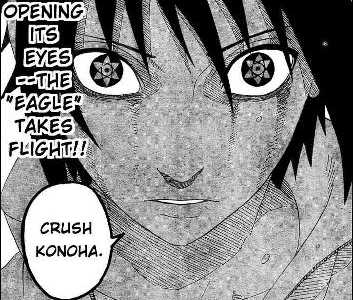
The teachings of Harold and Phil Gatensby, the words of Chief Oglala Dakota, and the insights of Fania Davis resonate as realizations that anime consistently endorses communitarian values of healing and restoration through deep conflict. This is not a matter of characters exhibiting a explicitly repentant dialogue. This is about how the community in Anime settings are continually accepting members into their community despite their wrongdoing. In fact, these values outpace those found in American animated media, aside from X-Men ’97. A deeper look will reveal the way that the fantastic worlds of Naruto and Dragon Ball Z yield great examples of restorative justice.
The untrained eye may see the integration of former villains into hero lineups as lazy storytelling, which even my favorite writers can fall prey to (looking at Akira Toriyama), but an Anime nerd like me knows this trend always produces deep character development. The consistent redemptive arcs present in these stories teach us valuable lessons about healing and forgiveness, giving the viewer a moral compass that hasn’t been seen since Smokie the bear taught us environmental awareness through commercial lessons on preventing forest fires. When Phil Gatensby, also known by the Tlingit name Black Raven, began to integrate Indigenous practices into colonial justice systems, he referred to it as peacemaking, which is the foundation of the field of restorative justice.
A character like Vegeta, who destroyed planets and killed several members of the Dragon Ball Z earth defense force, is given the opportunity against sound advice, to join the community he once tried to eliminate. His villainous anger is gradually transformed through relationships, revealing a character deeply traumatized by colonization. These experiences resonate with the stories told by North American Indigenous communities, who have shared their approach to community restoration with the world. The Z fighters, led by Goku, chose to make peace, highlighting the subtle ongoing Dragon Ball Z narrative of orphans coming together, experiencing transformative relationships through community, and protecting the place they call home.
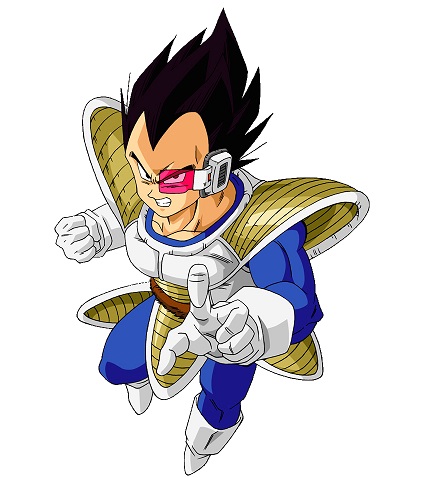
Naruto chased Sasuke down nearly the entire Naruto series to be his friend, a connection he believed could provide healing. Ultimately, Naruto was right, despite Sasuke joining a murderous eugenicist, trying to kill Naruto on several occasions, and attempting to place the world under his totalitarian control, Naruto remained committed to their relationship. Restorative Justice’s commitment to view those who harm as individuals with needs, and to understand that harm arises from these unmet needs, aligns with the insights gained about the origins of Sasuke’s behavior throughout the Naruto story. Once the viewer realizes Sasuke was a child orphaned by his own village’s genocide of his clan, we understand him differently. As the story unfolds, more is learned about the traumatic experiences that shaped him and the generational origins of conflict that seeded his path for retribution.
Sasuke embodies the quote of unknown origin: “A child not embraced by the village will burn it down to feel its warmth.” This method of storytelling shows not only the power of redemption present through Naruto’s relentless efforts to bring Sasuke back home, but the reality of how life circumstances can shape one’s behavior. Naruto is an inversion of Sasuke if his life had gone down a different path.
The communitarian values present in both Dragon Ball Z and Naruto, such as community, connection, and restitution, align with Fania Davis’s definition of restorative justice, which focuses on “healing harm to the degree possible,” as well as Howard Zehr’s emphasis on addressing the needs of all parties involved. Through a restorative lens, Naruto’s Sasuke is allowed to make amends to the Leaf Village by becoming its protector, rather than delivering a typical deathbed confession of regret that often characterizes a villain’s final act. There are consequences when society fails to provide healing to those in need. These characters epitomize that lesson, serving as a point of narrative penance for those communities’ failure to care for them.
The themes present in these anime, as well as many others, convey essential messages about bringing people back into community. In restorative justice work, Naruto‘s emphasis on never giving up on friendship lives in proactive community building strategies, where individuals come together to share their experiences in spaces where everyone is considered equal.
Similarly, Dragon Ball Z‘s focus on recognizing the humanity in those who have caused harm is present in my approach to restorative justice. Many restorative justice practices involve bringing together all impacted by harm for healing and peacemaking, including heavy issues such as gun violence, racism, and sexual violence.
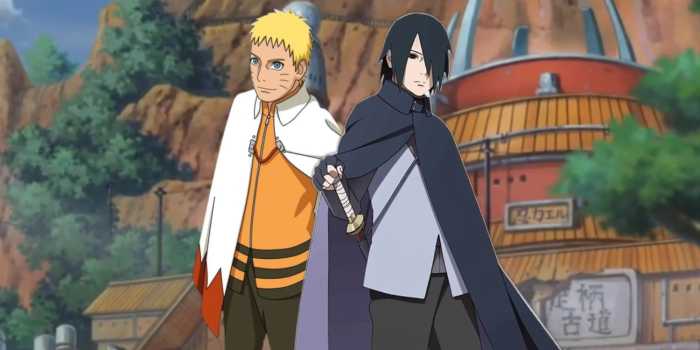
It is anime, so in real life, we are not often tasked with welcoming those who have participated in genocide or murder back into the community, but we do have examples. Elements of restorative justice are present in Albanian Kanun justice after the Kosovo war, Germany’s Action Reconciliation Service for Peace after the Holocaust, and South Africa’s Truth and Reconciliation Commission after Apartheid. Anime’s fantastic stories provide bridges to conversations that stretch our understanding of what is possible. Society is better when we deal with our Sasukes and Vegetas in restorative ways that allow our communities to be “as right as possible”.
In the restorative justice world people find their own mentors, akin to Dragon Ball Z’s Master Roshi and Naruto’s Kakashi, who guide our journey in this field. Notable figures like Black Raven and Fania Davis provide valuable insights that align with the restorative lessons intertwined throughout the anime such as Naruto and Dragon Ball Z that many enjoy. Exploring these profound lessons about humanity, restoration, and forgiveness in anime, allow us to stretch our passive endorsement for restorative values into tangible restorative practices that contribute to building a better world.
What do you think? Leave a comment.




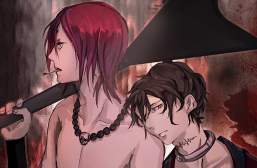
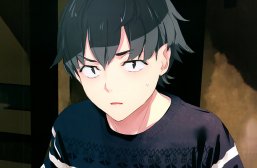
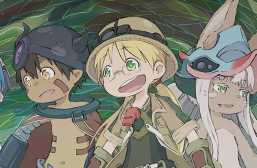
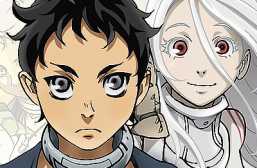
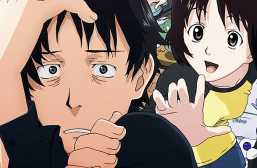
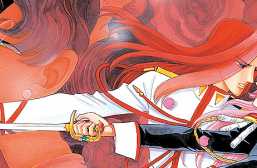

Vegeta’s journey is like Ashokaäs, who went from ruthless warlord to a pioneer of nonviolence.
Dude I love X-Men 97!! X-Men is just as much centered on restorative justice, where outcasts and even former enemies (Magneto) are given second chances.
Well it’s trauma theory isn’t it? Sasuke and vegeta both act out due to deep psychological wounds.
Your article got me thinking about how different genres handle redemption. Anime embraces transformation, but western literature often treats villains as static or doomed. Even Shakespeare’s tragic figures rarely get Vegeta style second chances.
Naruto’s forgiveness of Sasuke is one thing, but everyone else just kinda… lets him off the hook.
Does this really work when violence is still part of it? Sasuke and Vegeta don’t renounce fighting.
Luffy does this too! He doesn’t “defeat” enemies so much as befriend them.
If AI in fiction ever becomes sentient and harmful (think Skynet), would it get a shot at redemption?